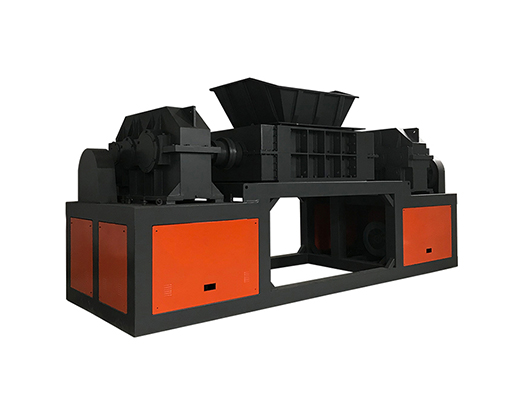Introduction
Lithium-ion batteries have become the powerhouse of modern technology, powering everything from smartphones to electric vehicles. However, with the increasing demand for lithium batteries comes the pressing need for sustainable disposal and recycling solutions. In this article, we delve into the crucial aspects to consider when selecting quality lithium battery recycling equipment.

Efficiency and Throughput
Efficiency and throughput are paramount when it comes to lithium battery recycling equipment. Quality equipment should possess the capacity to process various types and sizes of lithium batteries efficiently. Whether it's consumer electronics batteries or large-scale electric vehicle batteries, the equipment should be equipped to handle them. High throughput capabilities are essential for industrial-scale operations, ensuring timely recycling without bottlenecks or delays.
Safety Measures
Safety is of utmost importance in lithium battery recycling due to the hazardous nature of the materials involved. Quality equipment should be equipped with built-in safety features to handle potentially dangerous situations, such as thermal runaway or chemical leaks. Compliance with industry standards and regulations, such as those set forth by organizations like the Occupational Safety and Health Administration (OSHA), ensures that safety protocols are followed rigorously.
Versatility and Adaptability
The versatility and adaptability of recycling equipment are crucial for handling the diverse array of lithium battery chemistries and formats. Whether it's lithium-ion, lithium-polymer, or other emerging battery technologies, the equipment should be capable of processing them effectively. Additionally, flexibility to accommodate changes in recycling requirements, such as evolving battery designs or regulations, is essential to future-proofing the recycling process.
Recovery Rate and Purity
One of the primary objectives of lithium battery recycling is to recover valuable materials like lithium, cobalt, and nickel for reuse in manufacturing. Quality recycling equipment should achieve high recovery rates of these materials while maintaining purity levels that meet industry standards. Advanced separation and purification technologies ensure that the recovered materials are of the highest quality, suitable for reintroduction into the supply chain.
Automation and Control Systems
Automation plays a significant role in enhancing the efficiency and accuracy of the recycling process. Quality recycling equipment integrates advanced automation for precise sorting, disassembly, and processing of lithium batteries. User-friendly control interfaces enable operators to monitor and adjust parameters easily, optimizing performance and minimizing errors. Additionally, automation reduces the reliance on manual labor, improving safety and efficiency in the recycling facility
Durability and Maintenance
Durability is a key consideration when investing in lithium battery recycling equipment, as it directly impacts the longevity and reliability of the operation. Quality equipment is constructed with robust materials and components capable of withstanding the rigors of continuous use. Furthermore, ease of maintenance is essential to minimize downtime and repair costs. Equipment with accessible components and straightforward maintenance procedures ensures that the recycling process remains uninterrupted and cost-effective.
Environmental Impact
Environmental sustainability is a core principle of lithium battery recycling, and quality equipment should reflect this ethos. Implementing eco-friendly practices throughout the recycling process, such as energy-efficient operations and waste reduction measures, helps minimize the environmental footprint of the facility. Additionally, proper disposal of by-products and adherence to environmental regulations ensure that the recycling operation operates in harmony with its surroundings.
Cost-effectiveness
While upfront cost is a consideration when investing in recycling equipment, it's essential to look beyond initial expenses and consider long-term savings. A thorough analysis of the total cost of ownership, including maintenance and operational expenses, provides a more accurate picture of the equipment's cost-effectiveness. Quality equipment may command a higher price initially but offers superior performance, reliability, and efficiency over its lifespan, ultimately delivering greater value for money.
Conclusion
In conclusion, selecting quality lithium battery recycling equipment is crucial for achieving efficient, safe, and sustainable recycling operations. By prioritizing features such as efficiency, safety, versatility, recovery rate, automation, durability, environmental impact, and cost-effectiveness, organizations can ensure that their recycling processes meet the highest standards while contributing to a cleaner, greener future. Investing in quality equipment is not only a sound business decision but also a commitment to responsible stewardship of finite resources.




